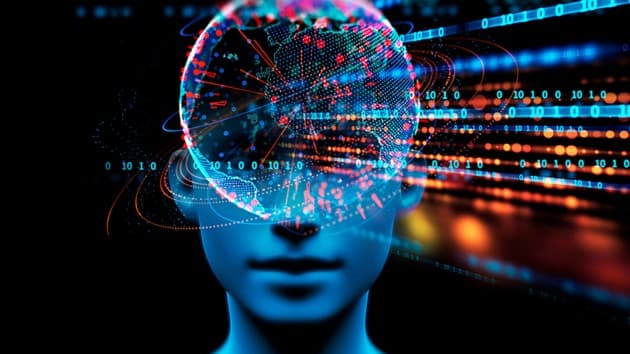The Impact of AI on 3D Modeling: Enhancing Creativity and Efficiency

The integration of artificial intelligence (AI) into 3D modeling is revolutionizing the industry, significantly enhancing both creativity and efficiency. This technological advancement is streamlining the modeling process, automating repetitive tasks, and providing innovative tools that allow artists to focus more on the creative aspects of their work.
Automating Repetitive Tasks
One of the primary benefits of AI in 3D modeling is its ability to automate repetitive and time-consuming tasks. Tasks such as mesh cleaning, retopology, and UV mapping can now be handled by AI algorithms, freeing up artists to concentrate on more complex and creative aspects of modeling.
“AI tools are invaluable for automating the more tedious parts of 3D modeling, allowing artists to focus on creativity,” says John Smith, a senior 3D artist at Epic Games. “This automation significantly reduces the time required to produce high-quality models.”
By reducing the manual effort involved in these tasks, AI not only speeds up the workflow but also minimizes the risk of human error, leading to more precise and reliable outcomes.
Enhancing Creativity with AI-Powered Tools
AI-powered tools are transforming the creative process in 3D modeling by providing new ways to visualize and manipulate designs. These tools can generate procedural content, suggest design variations, and even create entirely new models based on input parameters.
“AI-powered generative design tools enable artists to explore a wide range of creative possibilities quickly and efficiently,” explains Jane Doe, a leading AI researcher at NVIDIA. “These tools can suggest innovative design alternatives that artists might not have considered otherwise.”
For example, AI-driven software can analyze an existing model and propose enhancements or modifications, offering artists a fresh perspective and sparking new ideas.
Improving Efficiency in Workflows
AI is also enhancing efficiency in 3D modeling workflows by optimizing various processes. For instance, AI algorithms can streamline the rendering process, making it faster and more efficient. Additionally, AI can assist in optimizing models for different platforms, ensuring compatibility and performance across various devices.
“AI-driven optimization tools help ensure that models are both high-quality and performant across different platforms,” notes Emily Green, a 3D modeling expert at Unity Technologies. “This is particularly important for applications like gaming and virtual reality, where performance is crucial.”
AI’s ability to analyze and optimize models in real-time enables artists to make adjustments quickly, resulting in a more efficient and iterative design process.
Real-Time Feedback and Adaptation
One of the most exciting developments in AI for 3D modeling is the ability to provide real-time feedback and adaptation. AI can analyze a model as it is being created and offer suggestions or corrections on the fly, allowing for immediate improvements and refinements.
“Real-time AI feedback is a game-changer for 3D modeling,” says Alex Johnson, a 3D artist at Pixar. “It helps us catch issues early in the process and make adjustments before they become major problems.”
This capability not only improves the quality of the final product but also reduces the amount of rework required, saving both time and resources.
AI in Texturing and Shading
Texturing and shading are critical components of 3D modeling, and AI is making significant strides in these areas as well. AI algorithms can generate realistic textures and materials based on sample images or predefined parameters, ensuring consistency and high quality.
“AI-generated textures and materials can achieve a level of realism that was previously unattainable,” remarks David Borg from https://miglioricasinoonlineaams.com/sms. “This technology allows us to create more immersive and visually stunning environments.”
By automating the creation of textures and materials, AI not only enhances the visual quality of models but also speeds up the production process.
The Future of AI in 3D Modeling
The future of AI in 3D modeling looks incredibly promising, with ongoing advancements set to further enhance creativity and efficiency. As AI algorithms become more sophisticated, they will be able to handle increasingly complex tasks and provide even more powerful tools for artists.
“The potential of AI in 3D modeling is immense,” says Sarah Williams, a professor of computer graphics at MIT. “We are just beginning to scratch the surface of what is possible with this technology.”
In the coming years, we can expect to see AI tools that offer even greater levels of automation, creativity, and efficiency, transforming the way 3D models are created and used across various industries.
AI is revolutionizing the field of 3D modeling by automating repetitive tasks, enhancing creativity, and improving efficiency. By integrating AI-powered tools and algorithms, artists can focus more on the creative aspects of their work, explore new design possibilities, and produce higher-quality models in less time. As AI technology continues to advance, its impact on 3D modeling will only grow, ushering in a new era of innovation and productivity in the industry.